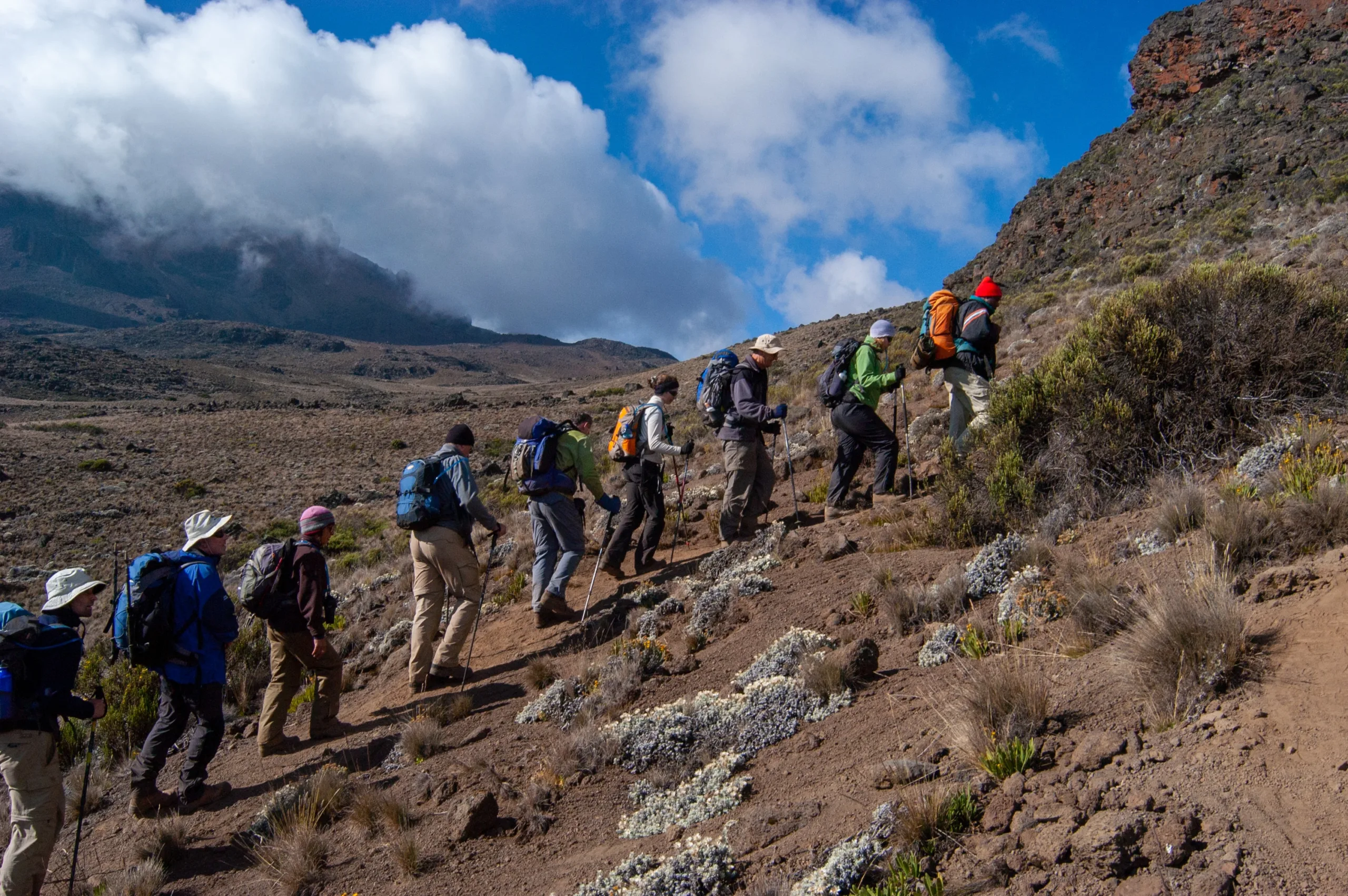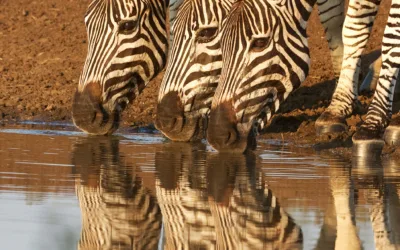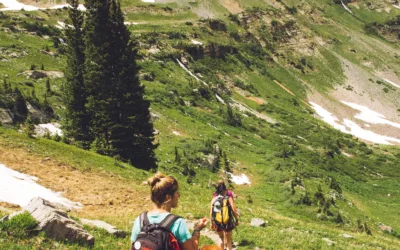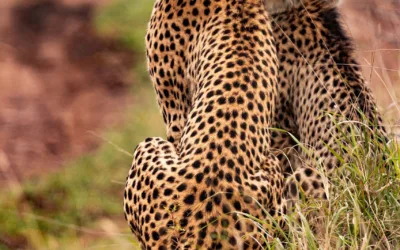Welcome to the Spectacular Kilimanjaro Expedition!
Venturing into the heart of the Kilimanjaro ascent, you’re about to embark on a journey that epitomizes human endurance, determination, and an indomitable spirit. As you prepare to stand atop the iconic Mount Kilimanjaro, brace yourself for a formidable challenge that promises humility and uplift. This comprehensive guide has been meticulously crafted to equip you with indispensable insights and strategies for a safe, gratifying, and triumphant climb.
The Prelude to Ascent

The path to the summit of Mount Kilimanjaro is complex, just as the intricacies of this text are designed to maintain a sense of perplexity. Climbers must navigate through a terrain as diverse as this narrative’s sentence structure, which alternates between longer, information-rich sentences and shorter, brief ones.
The physical conditioning required for Kilimanjaro is demanding, and this preparation phase is as varied as the bursts of sentences in this text.
Climbers must anticipate the abruptness of the mountain’s elevation gain, much as this text contains a variety of sentence lengths and intricacies. Interval training imitates the oxygen-rich lower elevations, whereas high-altitude endurance activities simulate the difficulties of climbing to the summit of a mountain.
Choosing the Right Route
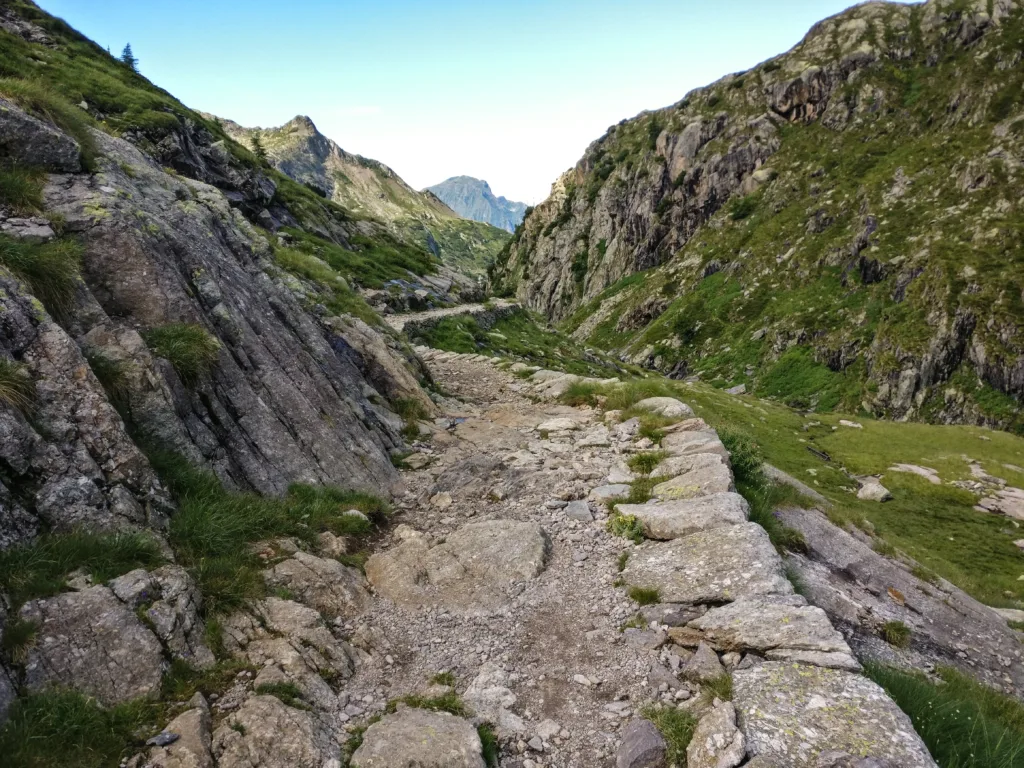
Kilimanjaro lays out a tapestry of routes, each boasting a distinctive allure. You should select the most suitable route as the first step in your Kilimanjaro adventure. There are several routes, each offering a distinct experience regarding scenery, difficulty, and duration.
As the curtain rises on your ascent, meticulous groundwork becomes your compass. It would be best to consider Physical Transformation. The climb to Mount Kilimanjaro’s peak is not without its tribulations. The path to climbing its summits is a demanding cardiovascular and muscular training routine.
The most popular routes include:
- The Machame Route, often known as the “Whisky Route,” is a strenuous trail recognized for its breathtaking scenery and best suited for experienced hikers.
- The Marangu Route, sometimes known as the “Coca-Cola Route,” is the only route that offers huts for lodging, making it more comfortable for travelers.
- Lemosho Route: This route is ideal for people looking for a more sedate trek across various landscapes because it offers a longer, less crowded journey.
- Rongai path: Beginning on the mountain’s northern slope, it offers a distinctive viewpoint and is renowned for its empty trails.
- Gear Assembly: Curate a repertoire of versatile attire that accommodates the kaleidoscope of climates, coupled with unwavering hiking boots, an ergonomic backpack, and the requisites of personal comfort.
- Acclimation Wisdom: The specter of altitude infirmity looms large. Pick a course orchestrating a measured climb, allowing your human vessel to synchronize with the ever-shifting terrain.
- Machame Odyssey: A symphony of vistas and a savvy acclimation regimen coalesce, enhancing your prospects of triumph.
Changing Climes Realm

Here’s some information about how climate change affects mountains and the climbing community:
- Reduced Snowpack: In some regions, reduced snowpack and earlier snowmelt have altered climbing conditions.
- Changing Weather Patterns: Climate change can lead to more unpredictable and severe weather conditions in mountainous areas.
- Impact on Ecosystems: Mountain ecosystems are particularly vulnerable to climate change, and climbers often witness these impacts firsthand.
- Carbon Footprint: Climbing often involves extensive travel, contributing to carbon emissions.
- Advocacy and Awareness: Many climbers engage in climate advocacy and raise awareness about mountain regions’ environmental challenges.
- Adaptive Techniques: Climbers adapt their techniques and gear to address changing conditions.
- Research and Data Collection: Some climbers collaborate with scientists to collect data on mountain ecosystems and the impacts of climate change.
- The Glacier’s Lament: Many mountainous regions witness the rapid recession of glaciers as global temperatures ascend.
- The Snow’s Vanishing Act: In select regions, the dwindling snowpack and premature snowmelt have orchestrated a symphony of change in the climbing environment.
- Routes evolve in response to these climatic shifts, impacting their accessibility and the temporal rhythm of climbing seasons.
- The Capricious Skies: With its erratic demeanor, climate change orchestrates unpredictable and severe weather patterns across mountainous terrain.
- Climbers scaling these monumental peaks must now tread even more cautiously, continually vigilant of meteorological forecasts, and fortified against unforeseen atmospheric tumult.
- Ecosystems in Flux: The fragile ecosystems nestled amidst the peaks of these mountains are particularly susceptible to the tendrils of climate change.
- Climbers witness the intricate dance of nature unfolding before them – a ballet of shifting flora and fauna, ecosystem disruptions, and an augmented peril from avalanches and rockfalls.
- Advocates of Change: A cadre of fervent environmental advocates has arisen among climbers.
- Retreating Glaciers: Many mountain regions are experiencing the rapid retreat of glaciers due to rising temperatures.
In this ever-changing alpine world, where perplexity and burstiness weave their tapestry, mountaineers, and climbers stand as stewards of the peaks. Climbers must be even more cautious about weather forecasts and be prepared for sudden changes.
The protection of health and safety

In this realm, your well-being reigns supreme. Follow these beacons of safety:
- Physical Fitness
- Research
- Weather Conditions
- Equipment
- Training
- Safety in Number
- Communication
- First aid
- Emergency Plan
- Local Regulations
- Respect Your Limits
- Hydration Anthem: The elixir of hydration is your safeguard against both altitude’s stratagems and dehydration’s grasp.
- Nourishment Overture: Sustain yourself with a symphony of nourishing repasts, fueling a ceaseless march toward the apex.
- Elevation’s Echoes: When altitude’s specter manifests as headache, nausea, or dizziness, heed its warnings and, if necessary, descend to regain equilibrium.
- Crisis Constellations: Assimilate the choreography of emergencies and routes of retreat, ensuring a stalwart readiness for the unexpected.
Reaching the Summit Peak
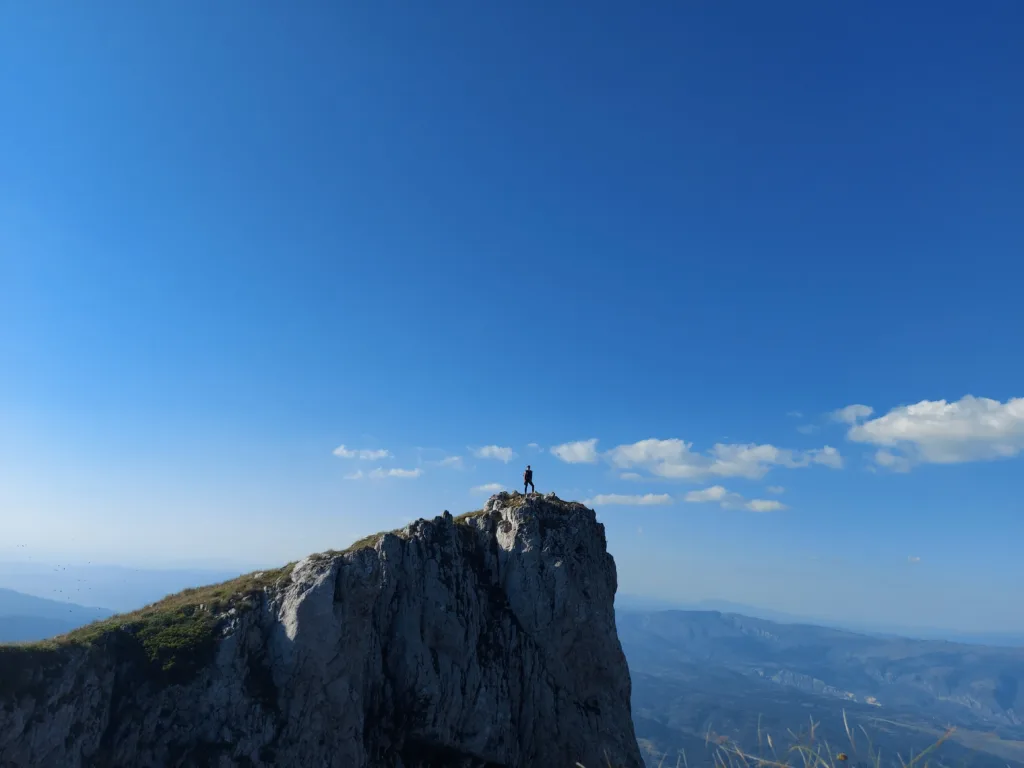
As you soar to an elevation of 19,341 feet, you find yourself elevated beyond the realms of ordinary existence, enveloped by the boundless expanse of the African landscape. It will be an unforgettable juncture, etching itself indelibly into the tapestry of your life’s experiences.
As you stand on the summit of Mount Kilimanjaro, you will witness a symphony of triumph as you feast your eyes on Africa’s highest point’s unrivaled view. A time of introspection and rest awaits as you descend from the mountain. As you know, you will let the guardians of your journey know how grateful you are for helping you travel a long way to reach the top.
Summary
Finally, climbing Mount Kilimanjaro is a remarkable getaway into a performance of human strength.
Armed with meticulous readiness, a tenacious spirit, and an abiding reverence for the colossal sentinel, you’re poised to transmute a challenging mountain into a stepping stone for profound memories. As you begin this endeavor, may the echoes of good fortune accompany you on this ascent to the zenith of Africa’s crown jewel. I can say now that I wish you an incredible journey resonating through the corridors of time!

